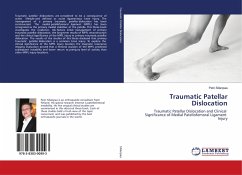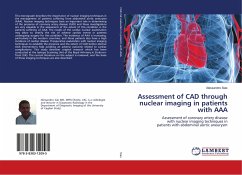Traumatic patellar dislocations are
considered to be a consequence of active lifestyle
and defined as acute ligamentous knee injury. The
management of a primary traumatic patellar
dislocation has been controversial. The medial
patellofemoral ligament (MPFL) has been recognized
as the primary medial stabilizer of the patella.
This thesis book investigates the incidence, risk
factors initial management of primary traumatic
patellar dislocation, the long-term results of MPFL
reconstruction and the clinical significance of the
MPFL injury in primary traumatic patellar
dislocation. The results of the studies of this
thesis disclosed that primary traumatic patellar
dislocation is a common knee injury. To explore the
clinical significance of the MPFL injury location,
the magnetic resonance imaging evaluation proved
that a femoral avulsion of the MPFL predicted
subsequent instability and lower return to
preinjury level of activity than other MPFL injury
locations.
considered to be a consequence of active lifestyle
and defined as acute ligamentous knee injury. The
management of a primary traumatic patellar
dislocation has been controversial. The medial
patellofemoral ligament (MPFL) has been recognized
as the primary medial stabilizer of the patella.
This thesis book investigates the incidence, risk
factors initial management of primary traumatic
patellar dislocation, the long-term results of MPFL
reconstruction and the clinical significance of the
MPFL injury in primary traumatic patellar
dislocation. The results of the studies of this
thesis disclosed that primary traumatic patellar
dislocation is a common knee injury. To explore the
clinical significance of the MPFL injury location,
the magnetic resonance imaging evaluation proved
that a femoral avulsion of the MPFL predicted
subsequent instability and lower return to
preinjury level of activity than other MPFL injury
locations.








